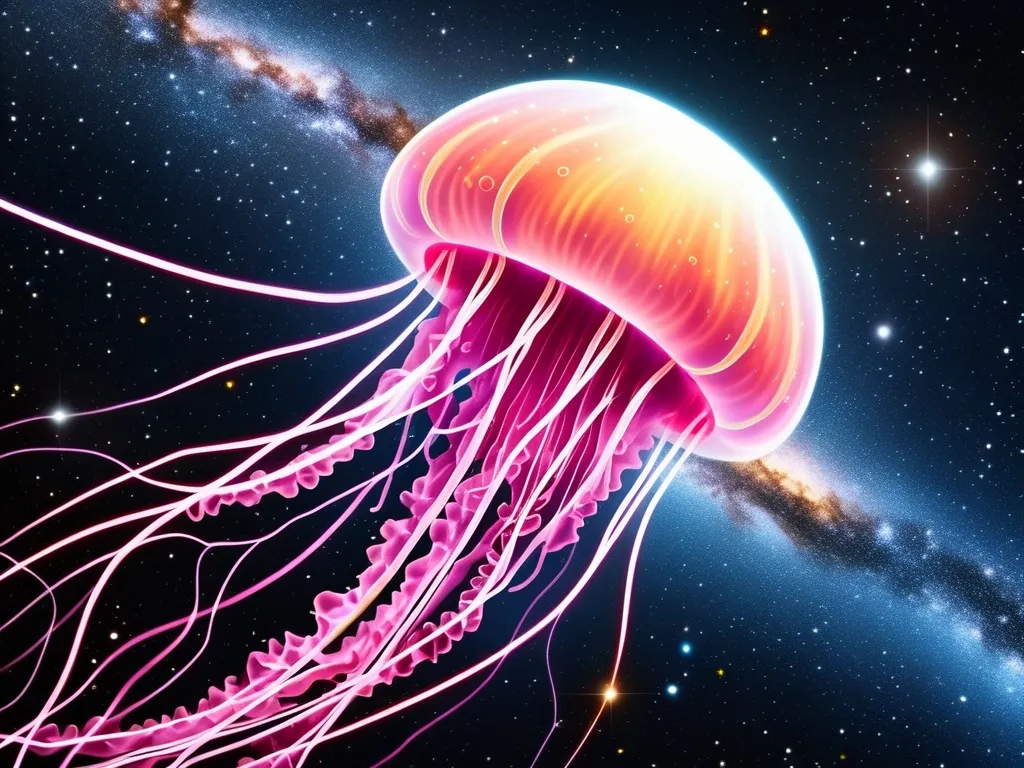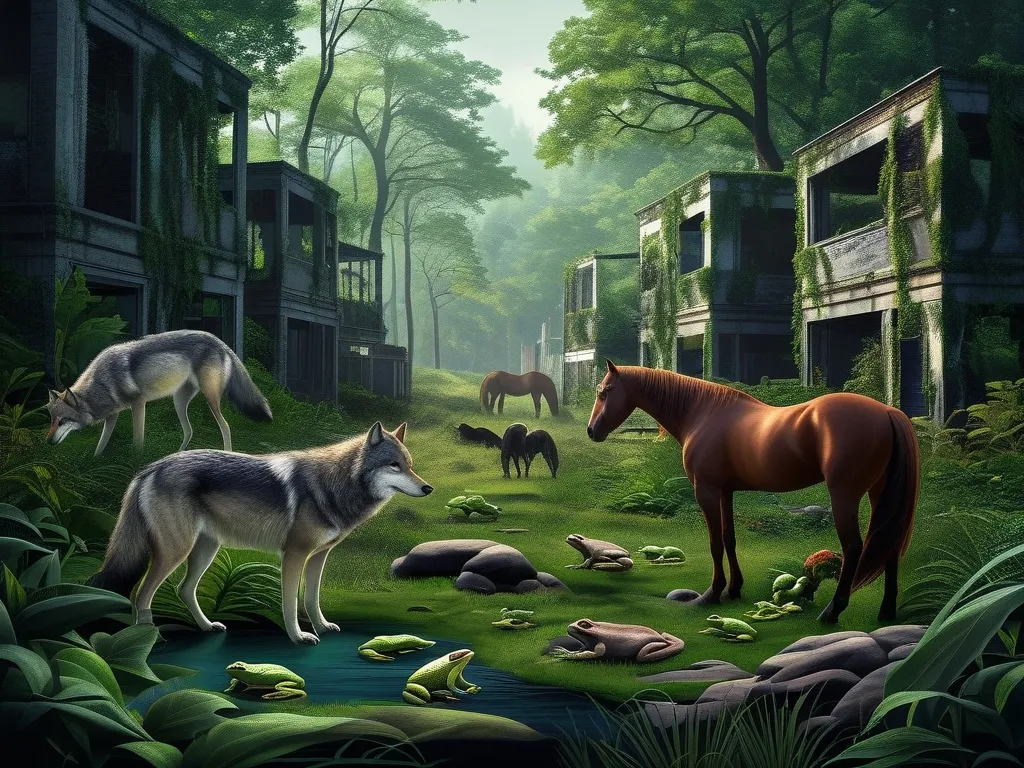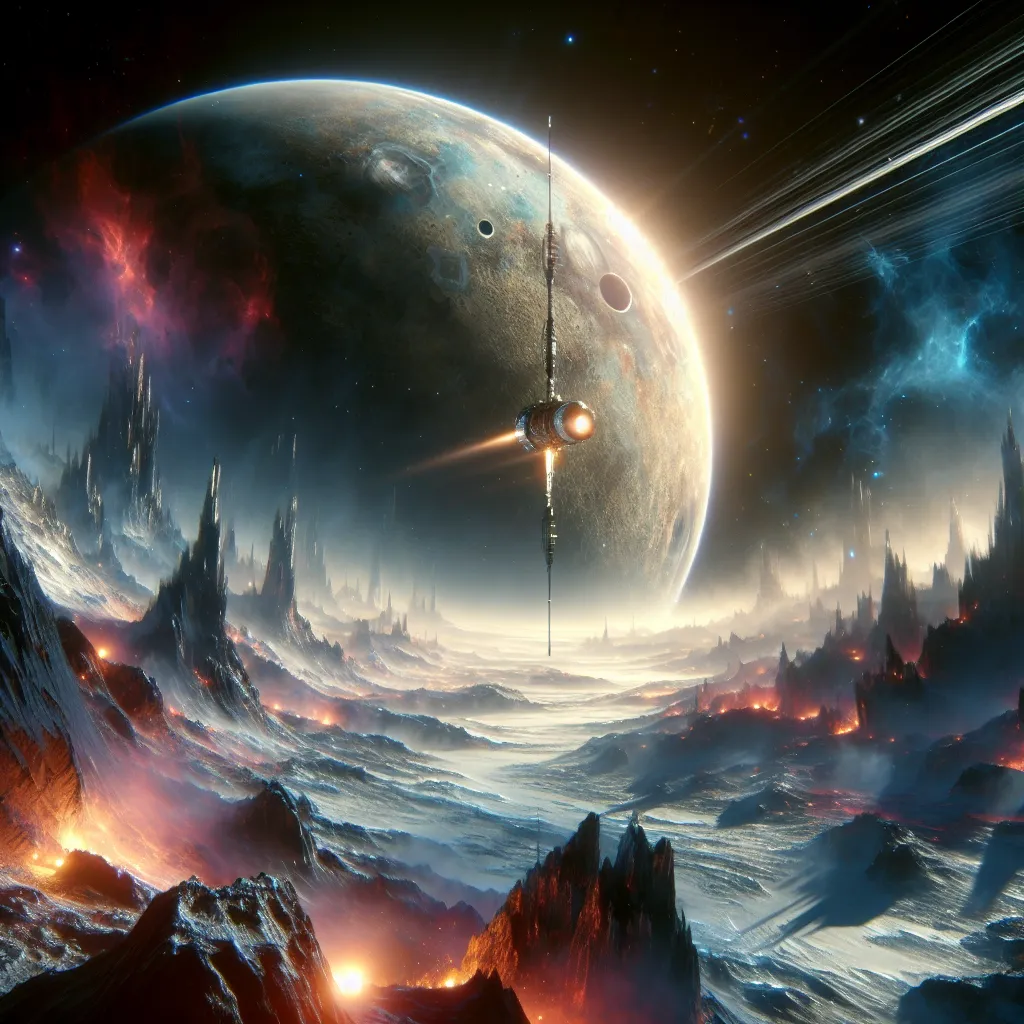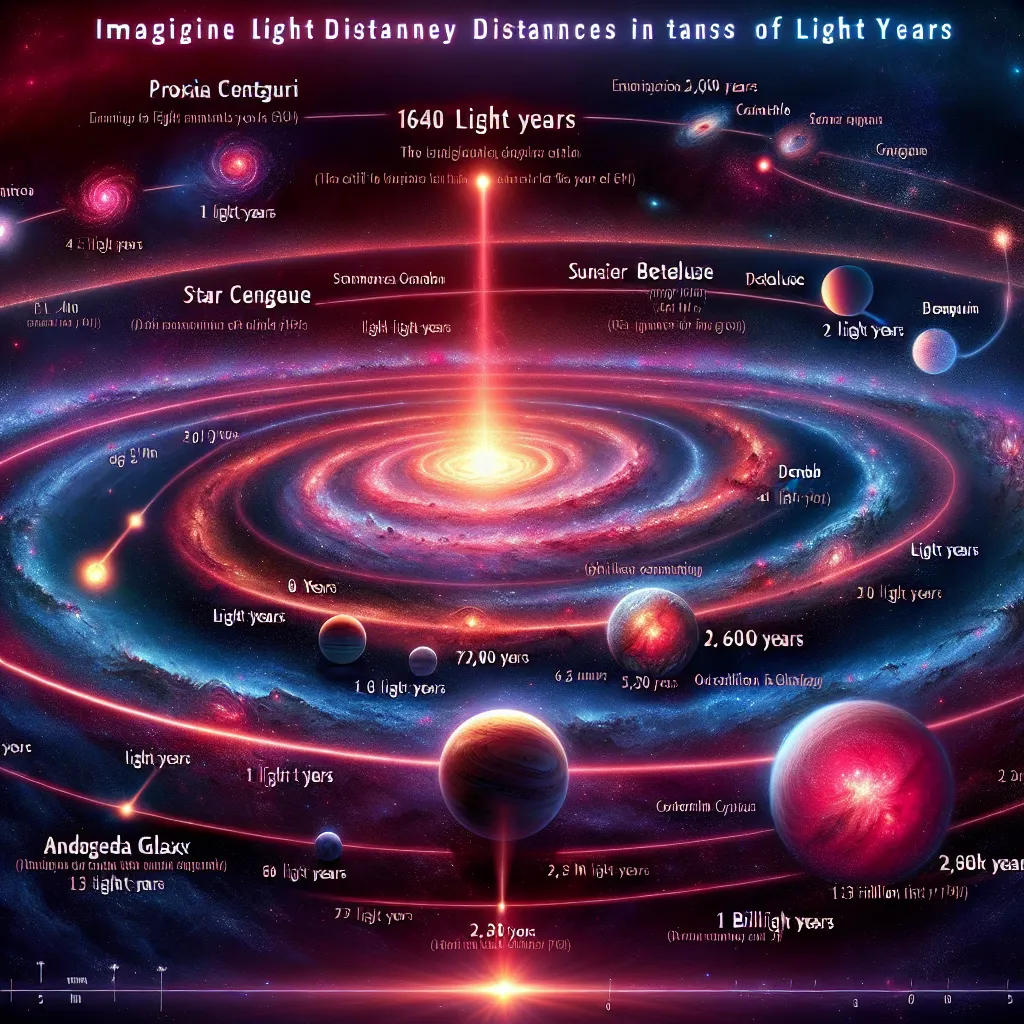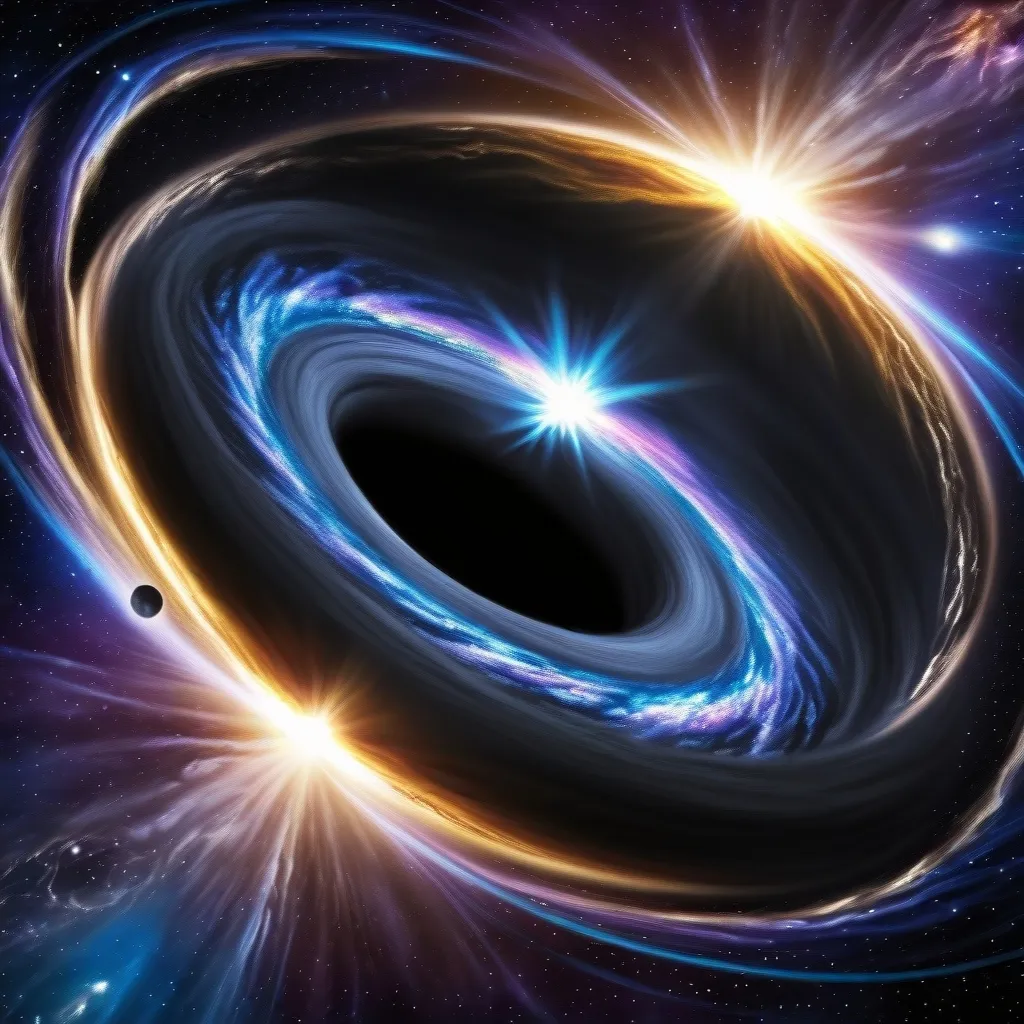The Apollo 11 descent was a moment of pure high-stakes drama. Initially, all Neil Armstrong could see was the sky as they approached the moon, but when they finally pitched over, it was clear their current trajectory was trouble. They were heading for a boulder field, which was a recipe for disaster. If they landed there, the lunar module could tip over and the mission would be at serious risk. Armstrong had to make a quick decision and took manual control.
Imagine the scene: Armstrong is all in, flying manually, and there’s no going back. Buzz Aldrin is reading out descent rates and propellant levels, and everyone in Mission Control is holding their breath. Armstrong’s heart rate was through the roof, higher than any other commander. The team could only watch as the fuel levels dropped alarmingly with every passing second. In a move that pushed technology to its absolute limit, Armstrong flew over the rocky area, which added precious time to the mission clock.
With only 60 seconds of fuel remaining, the tension in Mission Control was palpable. They either had to land immediately or abort the mission. Armstrong found a suitable spot just in time, demonstrating the unique calm and precision that sets astronauts apart. The lunar module kicked up dust as it got closer to the moon’s surface, and when the contact probes on the bottom of the module touched, it activated a light on the control panel, signaling it was safe to land.
“Okay, engine stopped,” Armstrong said. At that point, everyone exhaled a collective sigh of relief. Cheers erupted both in Mission Control and the viewing room nearby. “Roger, Tranquility, we copy you on the ground. You got a bunch of guys about to turn blue. We’re breathing again. Thanks a lot.”
Gene Kranz, the flight director, quickly reminded everyone to settle down, as the mission wasn’t over yet. The room had a brief moment of celebration, but then it was right back to work, ensuring the rest of the mission would be just as successful.
It was an incredible display of courage, precision, and the relentless pursuit of a dream. This is what makes astronauts truly extraordinary.


